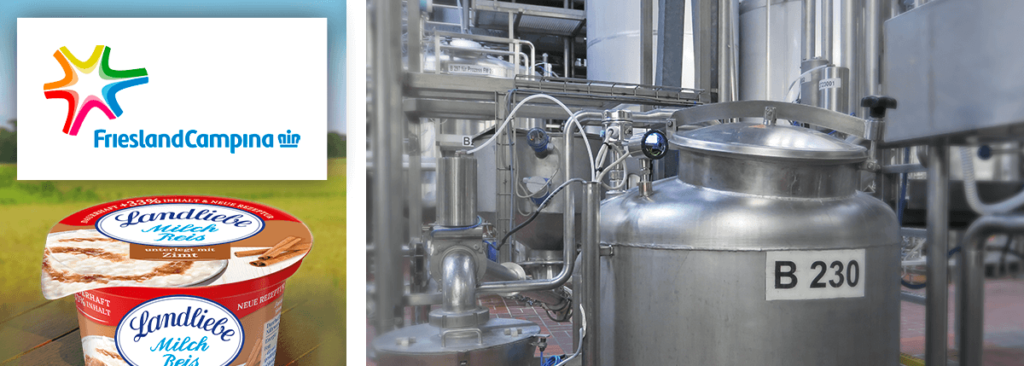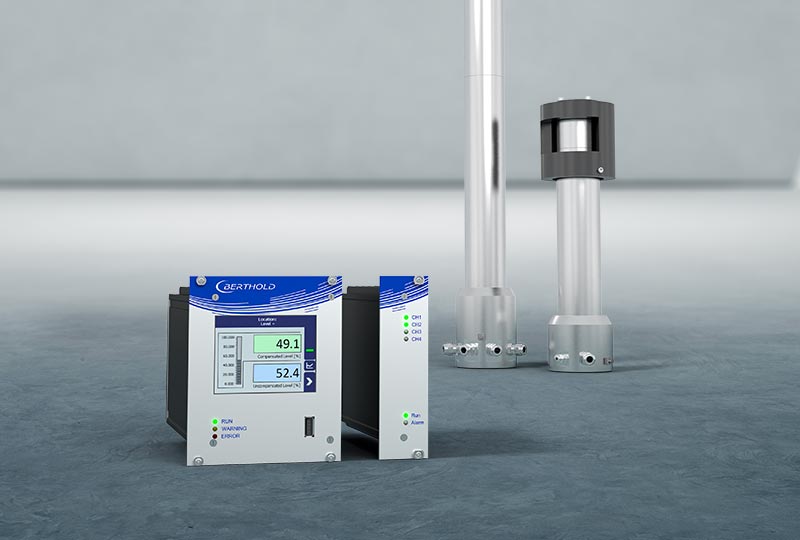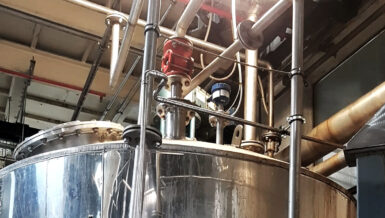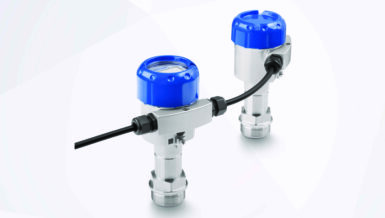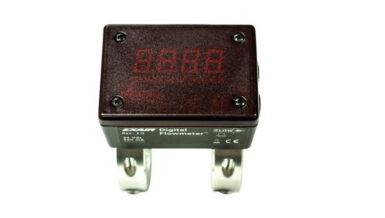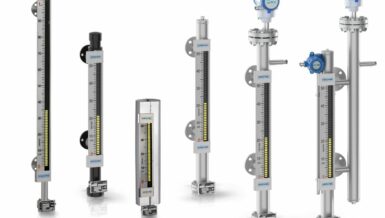The problem: time and again, the production process for rice pudding of the premium brand Landliebe has come to a stand-still at Friesland-Campina, one of the leading manufacturers of dairy and dessert products
The reason: the measuring systems used in the past could not distinguish between milk-rice mix and foam. So it happened frequently that the filling level in the supply tank was not detected correctly and the system switched off.
The consequence: each time the entire production quantity of a complete process batch was lost.
The solution: since switching over to the potentiometric level sensor NSL-F more than 5 years ago, the process has been running smoothly and fully automatic, there was not a single plant downtime in the entire time..
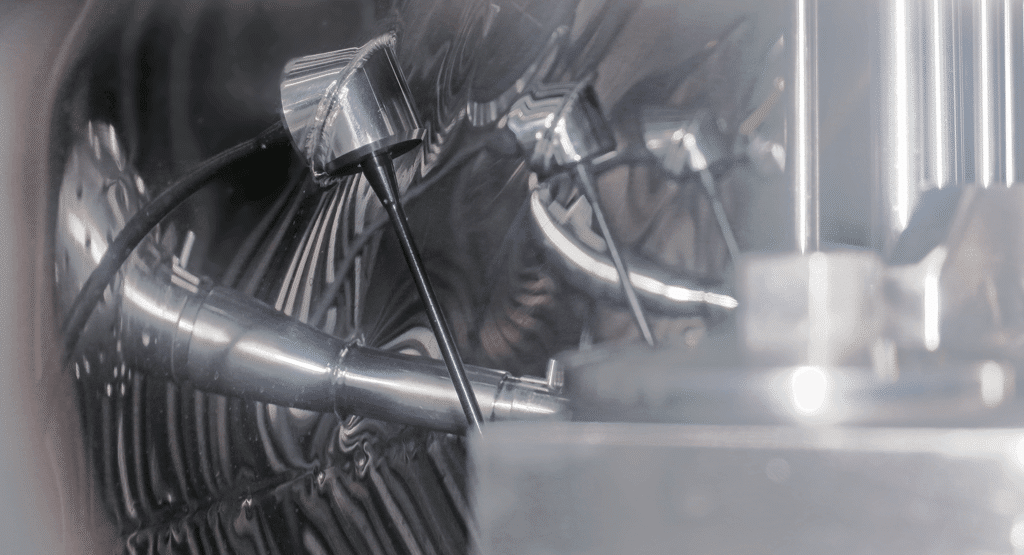
The application
At its Heilbronn plant, Friesland Campina produces rice pudding in a continuous process with a defined production volume per hour. Rice is prepared in a dosing tank and, together with preheated milk, is fed through a system of heaters and coolers. The production process is precisely adjusted in its duration so that when the rice pudding is ready for filling on end, a precisely specified consistency is achieved.
The milk-rice mixture in the feed tank foams very strongly. In the past, the formerly used level sensor often put out the signal “full”, although there was only foam in the container and therefore no more milk was added. The lack of supply led to blockage and repeatedly caused a production standstill. As a result, the entire production volume could no longer be used, and in addition the cleaning and re-starting caused the loss of several hours of production time.
The Anderson-Negele solution

Production manager Günter Stiepan initially only found a remedy through constant visual control and manual readjustment, until his Anderson-Negele application specialist suggested a solution: Potentiometric level measurement with an NSL-F rod probe. An in-process test immediately showed that this continuous measurement remains completely unaffected by the foam and always indicates the correct level of the rice milk mixture. The NSL-F was not removed any more, and has been ensuring smooth operation for over 5 years now: since then there has not been a single further production breakdown..
Based on the positive experience gained, Friesland-Campina has also switched from point level measurement with NVS measuring rods of different lengths to continuous level measurement with NSL-F for the dosing unit for dessert creams. For this purpose, the probe (shown on the left picture, top right in the picture) was retrofitted to the container with a weld-on socket. The four NVS remain installed as redundant system
Customer testimonial:
“We tried everything possible, but it was only with Anderson-Negele that we found a safe and reliable level measurement. This was so convincing for us that we have since been using NSL-F in other areas, such as in the fruit feed container or for dessert creams. For me, the most important criteria are process efficiency, relief for the employees, and consistently high quality through the best possible automated processes. I see Anderson-Negele as an absolute pioneer in level, turbidity and conductivity measurement and I count on them as a partner.”
Günter Stiepan, Team Manager Maintenance
Sensors used in this application
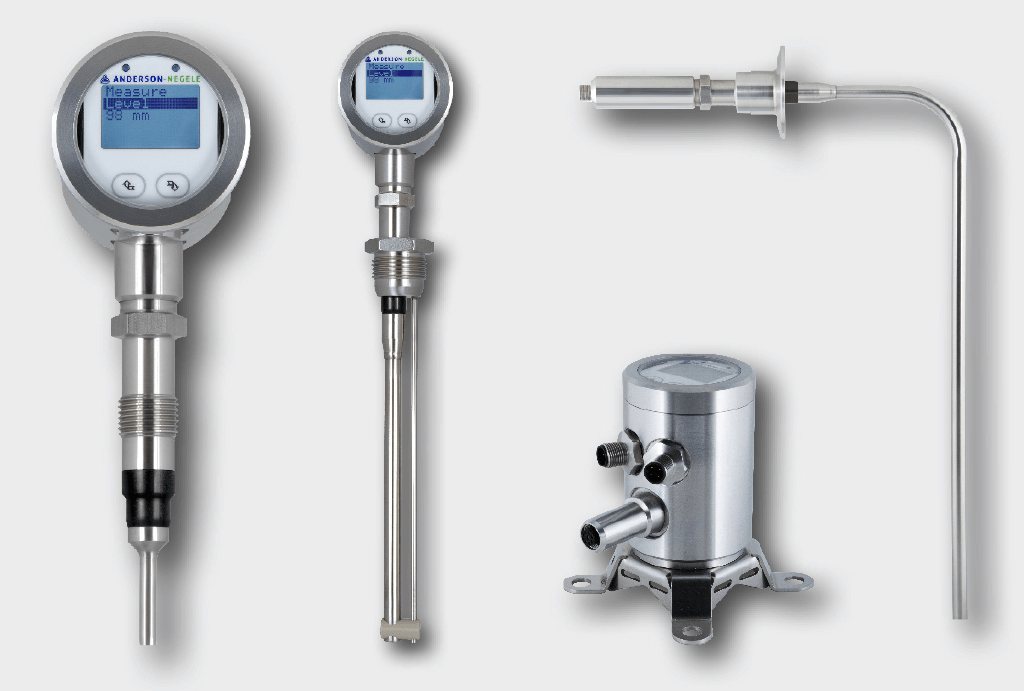
Advantages of the continuous level sensor NSL-F
- High-precision potentiometric level measurement even for demanding applications with foam, pasty or highly adhesive products
- Measuring accuracy < 1% of the rod length
- Response time < 100 ms, ideal for filling processes
- Process temperature -10…140 °C, CIP-/SIP 143 °C / 120 min.
- Flex-Hybrid: Digital IO-Link and analog 4…20 mA parallel
- Modular design: configurable from the low-cost basic version up to the high end model
- Options: Single rod probe | Double rod probe (for non-metallic containers) | bent rod probe (for side installation) | Remote version (separate electronics) | mini version (head 23 mm diameter)



